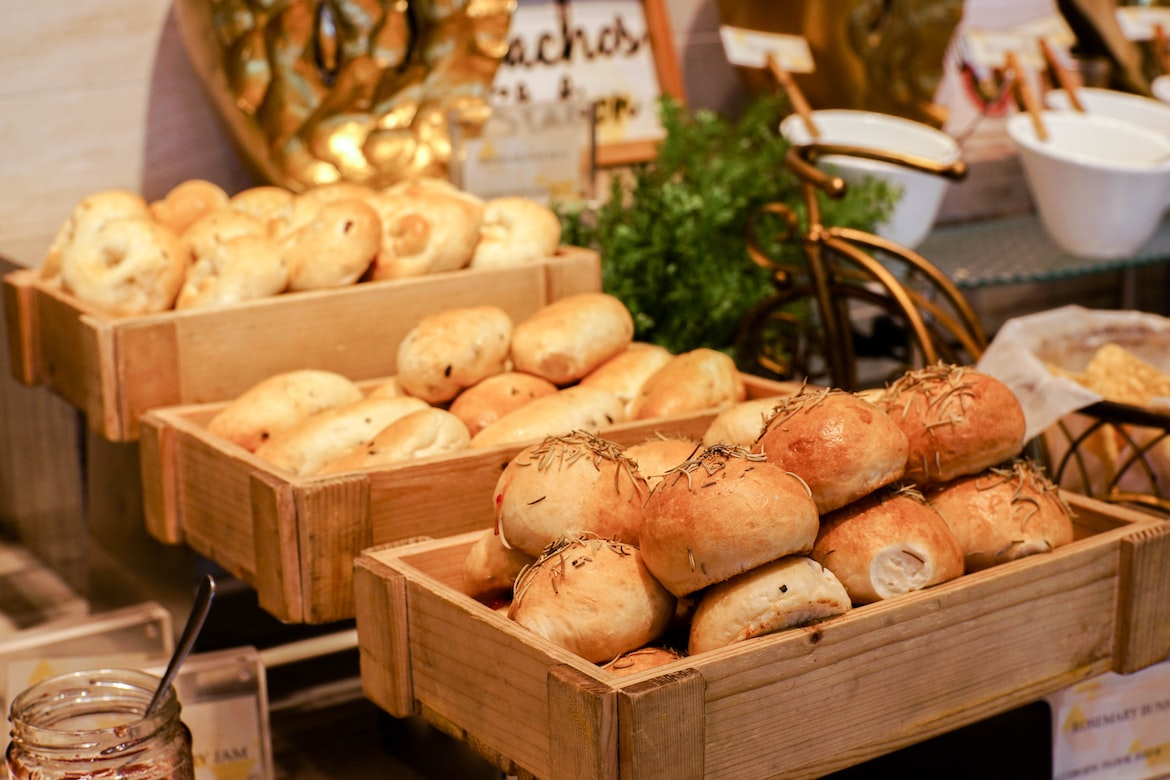If you’re a bread lover, chances are you’ve come across both French and Italian bread in your lifetime. But have you ever stopped to compare and contrast the two?
They may look similar at first glance, but let’s dive a little deeper into the history, ingredients, baking techniques, texture, regional variations, culinary uses, nutritional value, and cultural significance of these two carb-heavy staples.
Hold on to your baguette, we’re about to get bread-thirsty.
History and Origin
Both French and Italian bread have a long and colorful history, dating back to ancient civilizations. However, when we talk about French bread, we can’t help but mention the French Revolution. Back in 1789, when the French people were revolting against their monarchy, bread played a significant role in their uprising.
The high cost and lack of availability of bread led to widespread unrest, and eventually, the monarchy fell. In the aftermath, bakers started experimenting with new ways of baking bread, leading to the development of the crusty baguette we know and love today.
On the other hand, Italian bread has been around since the time of the Roman Empire. In those days, soldiers were often sent on long voyages, and they needed a food source that could last for days without spoiling. Enter Italian bread, which was specially baked to last longer than the average loaf.
Fast forward to modern times, and Italian bread has become a beloved staple all across Italy.
Ingredients
So, what exactly goes into making French and Italian bread? In general, both types of bread require flour, water, salt, and yeast.
However, the type of flour used can vary depending on the region and traditions. For example, French bread is typically made using hard wheat flour, whereas Italian bread may use a mixture of hard and soft wheat flours.
Italian bread may also use other ingredients such as olive oil, sugar, or even cheese in some cases.
Baking Techniques
The way you bake bread can make a huge difference in its texture and taste. French bread is made using the “autolyse” process, which involves letting the flour hydrate fully before kneading.
This technique results in a lighter, airier texture that is perfect for sandwiches or dipping in soup.
Italian bread, on the other hand, is typically baked quickly in a high-temperature oven, resulting in a thick, crunchy crust and a soft, airy interior. This type of bread is often used for bruschetta or as a base for pizza toppings.
Texture and Appearance
French and Italian bread may look similar at first, but when you take a bite, you’ll notice some key differences. French bread has a crispy crust and a light, airy texture inside, perfect for soaking up sauces or holding together a sandwich.
Italian bread, on the other hand, has a thick, crunchy crust and a soft, chewy interior, perfect for dipping in olive oil or spreading with butter.
Regional Variations
When it comes to regional variations, both French and Italian bread offer a wide variety of choices. French bread can come in many shapes and sizes, but the most popular is the baguette.
Other popular variations include Pain de Campagne, which is a sourdough bread made from rye flour, and Brioche, a sweet, buttery bread that is perfect for breakfast.
Italian bread is just as diverse, with many different shapes and flavors depending on the region. One of the most popular is Ciabatta, a flat, wide bread with a soft, chewy interior.
Focaccia is another popular choice, especially in the Genoa region, where it is baked with olive oil and sprinkled with salt and rosemary.
Culinary Uses
Whether you prefer French or Italian bread, both are incredibly versatile and can be used in a variety of dishes. French bread is often used as the base for sandwiches and is the primary ingredient in many French dishes such as Croque-Monsieur and Croque-Madame.
Italian bread is also used for sandwiches but is equally delicious when used for dipping in soups and sauces or as a base for pizza.
Nutritional Value
While bread may be delicious, it’s also important to consider its nutritional value. French bread is a good source of carbohydrates, and it’s also low in fat and sugar. Italian bread is also a good source of carbohydrates but may contain a bit more fat due to the use of olive oil in some recipes.
Cultural Significance
Both French and Italian bread hold significant cultural value in their respective countries. French bread has become a symbol of French cuisine and is often associated with a certain level of sophistication and elegance.
Italian bread, on the other hand, is a staple food in many regions of Italy and is deeply embedded in Italian culture.
Popular Variations
Some popular variations of French bread include Pain de Campagne, Baguette Tradition, and Brioche. Italian bread also has many popular variations, including Focaccia Genovese, Pane Toscano, and Ciabatta.
Final Thoughts
At the end of the day, whether you prefer French or Italian bread is a matter of personal taste. Both types of bread offer unique textures and flavors that can enhance any meal.
So, next time you’re at your local bakery or restaurant, give both a try and see which one you prefer. Just don’t forget to grab a napkin, because things are about to get carb-heavy.

